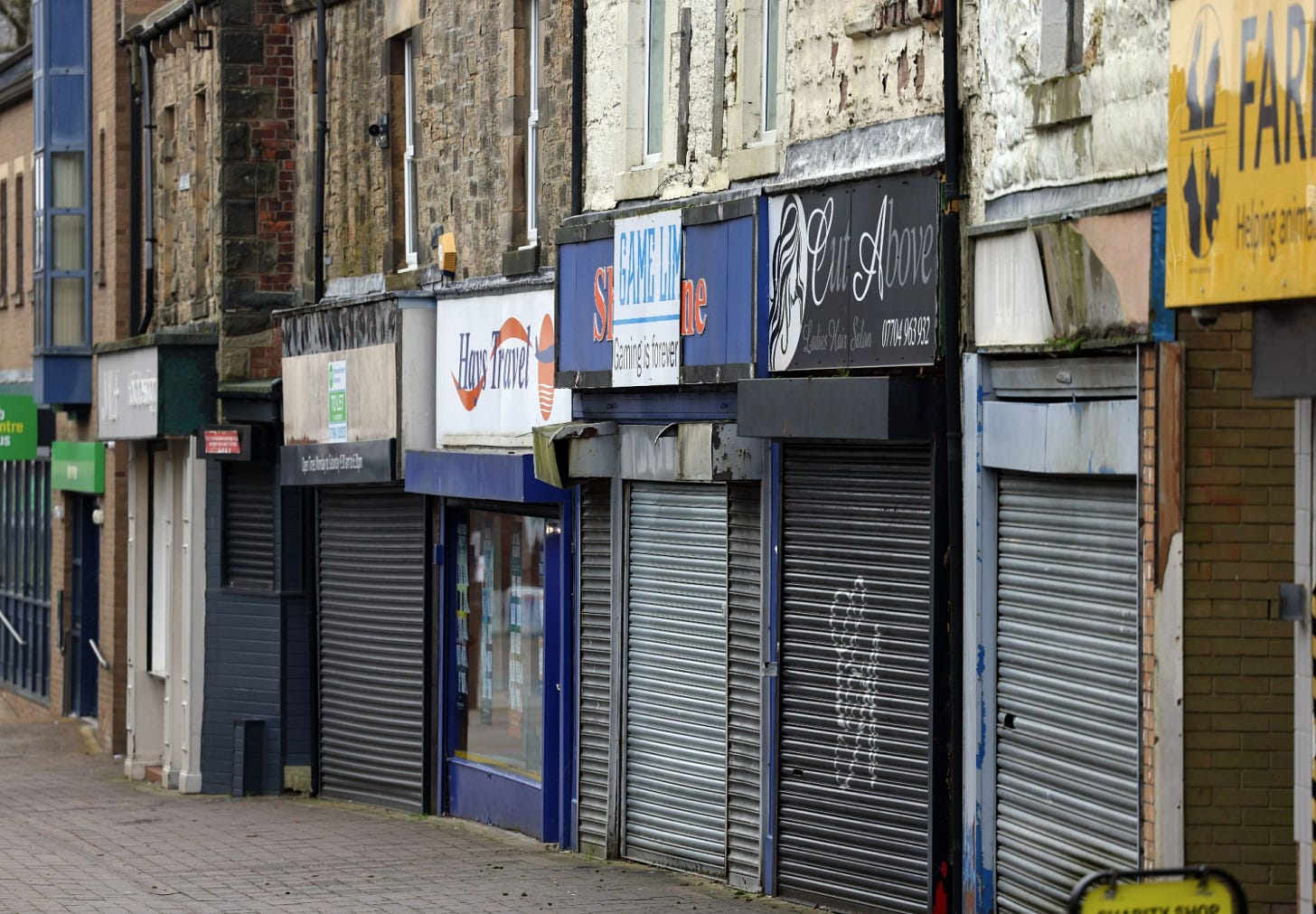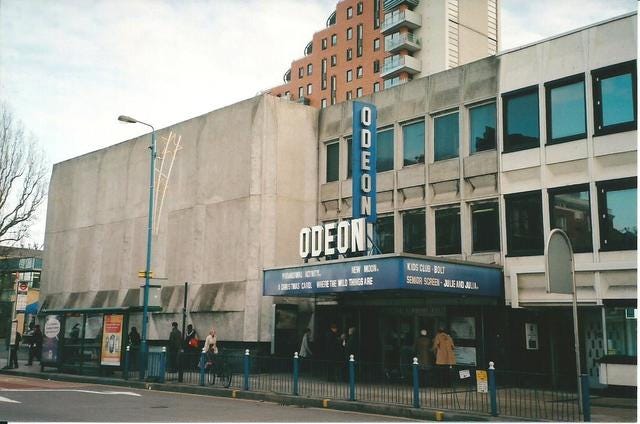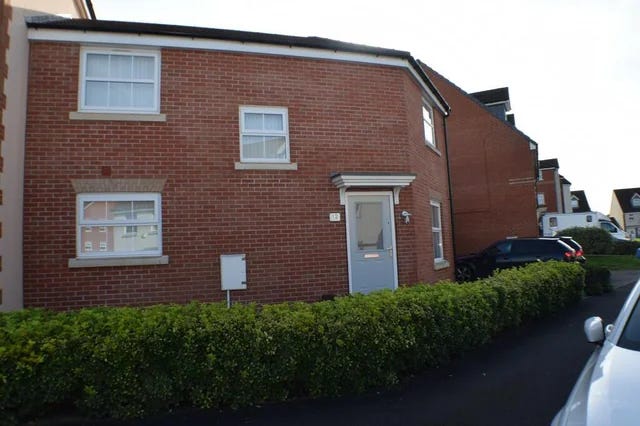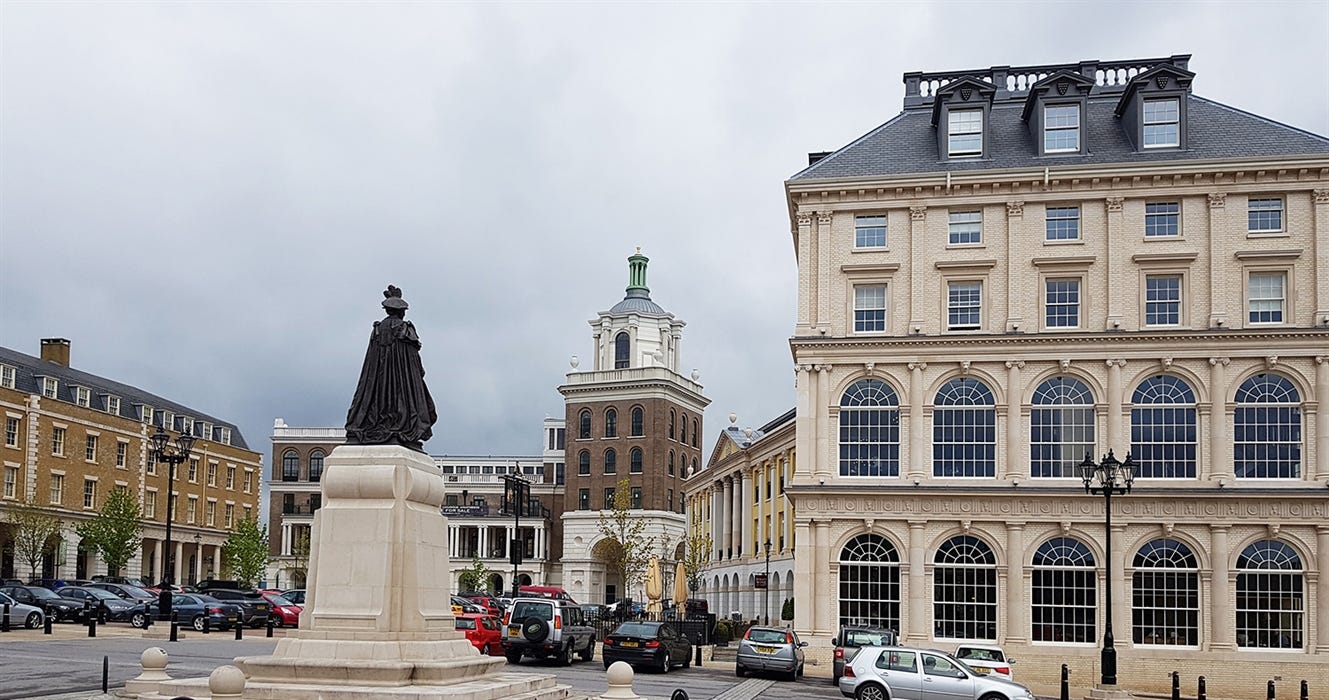Ugly Britain; the uglification of the built environment
From road, to windows, to new builds, to high streets and store fronts. Britain is ugly.
Britain is ugly. There are pockets of beauty to be found, but vast swathes of the country is hideous. Run-down high streets, poky housing estates, pavements destroyed by sheer laziness, and a built environment dominated by ideologically ugly buildings.
Thomas Hobbes might describe the built environment as nasty, brutalist, and bleak.
One only has to take a walk onto almost any high street in the country to get a full picture.
You will find a dirty street lined with Turkish barbers, vape shops, and betting shops, their garish storefronts and neon signs clashing with littered pavements. Nearby, graffiti-covered telephone boxes, often smelling of urine and stuffed with rubbish, add to the neglect.
An all-too-common story of the high street is to see freshly laid paving ripped up by a utility company weeks, if not days, after it is first laid, only to be backfilled with ugly tarmac, these are known as “street scars”. They are a result of a utility company that employs the cheapest practices possible with complete disregard for anyone else.
Street scars to me represent a society that simply doesn’t care about the beauty of its lived environment.
But most shrug at this. The uglification of the built environment is often not mentioned, if only in passing as an ‘oh, what will we do’.
Made even worse are the Brutalist buildings that often fill the High Street. Some of you will jump to their defence and say, "brutalism can be beautiful," then proceed to cite the Barbican as essentially your only example.
I agree the Barbican is a beautiful estate - planning done right with an inbuilt community.
But unfortunately, that isn’t the case for the vast majority of brutalist architecture. Alien, cold, and ugly is the fate of most pieces of brutalist architecture. Domineering buildings purposely built to be ugly and reject what was seen as ‘bourgeois society’ that valued beauty.
They seek to minimise the individual, to make them feel as though they are a cog in a machine under egalitarianism. It is an intellectually stimulating architectural style that seeks to challenge your thinking and serves as a physical marker of ideology.
But the practical result is ugly, drab concrete eyesores that infest our lived environment and weigh on the souls of those who see them. My personally most hated building is the Putney Cinema (pictured below), a building I would be first in line to demolish.
In what is just an accepted part of life, companies like Barratt or Persimmon, with the objective of profit maximisation - and a captive market as a result of the highly constraining Town and Country Planning Act 1947 - build ever more ugly new builds with tiny rooms on isolated estates.
This isn’t entirely their fault, a melange of archaic regulations make building beautiful homes expensive if not nigh impossible for the lower end of the housing market. An example of this is ‘Approved Document O’ which sought to reduce overheating in new builds, but makes sash windows basically impossible in most new builds.
The result of over-regulation is that the lower end of the housing market is relegated to ugly small homes with brutally small windows, without a choice.
This is in contrast to the 1930s pre-war homes, which are some of the most beloved houses in the existing stock, with their stunning red brick, large rooms, fireplaces, and curves. There were 4 million built and they are renowned for being some of the most well constructed homes, all whilst being built for affordability.
However, if we fast forward to the post-1945 housing boom, we see a million homes built at pace under the Labour Government. The result of which is an absence of the craftsmanship, the quality, and ultimately the beauty of the interwar period. To simply be replaced by soulless function and scale in an era that was placing itself in opposition to the conventional beauty standards.
At this point, someone could accuse me of being romantic about housing, which is entirely true. As a friend has said, I am one of the most romantic people he knows. I think it is easy to see the romantic qualities in almost anything, but especially in buildings. I am writing this whilst looking at the Elizabeth Tower (Big Ben), a building I consider one of the most beautiful on the planet. So a bit of hopeless romance about architecture, I think, is allowed.
This drab soulless existence does not have to be Britain’s destiny.
Countries like France, Germany, or the Netherlands are entirely capable of building with aesthetics. Almost every part of design is done with care. Quaint streets, beautifully designed housing (both social and private), and efficient transport systems - all done whilst redeveloping and transforming suburban environments using densification and classical urbanism.
Even in small pockets in Britain there are efforts to build beautiful streets and homes. The planned towns of Poundbury and Nansledan are commented on as examples of how building can be done contrary to current trends. Focused on community, walkability, and aesthetics, they provide a shining example of what Britain could be in a less ugly world.
There is a model for Britain to follow; this ugly built environment that gets worse every year doesn’t have to be the UK’s destiny. It just takes a Government that is willing to prioritise aesthetics and place beauty as an objective.
This I fear is not going to happen under the Labour government, as already evidenced by the removal of “beauty” from the National Planning Policy Framework. But a truly reinvigorated Conservative Government with an objective to build beautifully might be able to save the UK from its drab modern environment.






